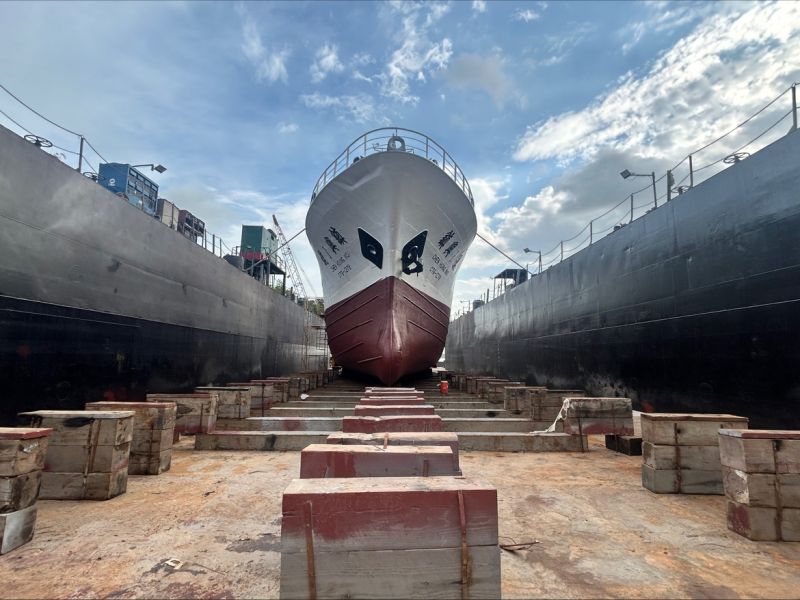With Guyana’s economy rapidly expanding on the back of its oil and gas sector, President Irfaan Ali has issued a clear signal to investors and regional stakeholders that the South American nation is not waiting to modernize; it’s already in motion.
Ali said his administration is actively addressing long-standing bottlenecks in the country’s maritime sector to align it with the demands of a fast-growing energy economy.
“We understand these challenges, we hear you and we are not sitting still,” the President said to attendees at a business mixer last week. He also outlined a sweeping reform and investment agenda aimed at transforming Guyana’s port and shipping landscape into a globally competitive, future-ready logistics hub.
This includes the construction of a deepwater port, legislative reform, port digitisation, and public-private infrastructure upgrades.
However, he acknowledged that the country’s current shipping infrastructure is under severe strain since marine traffic in Guyana has quadrupled since 2020, largely due to the oil and gas boom, yet port infrastructure and turnaround systems have not kept pace.
“We cannot talk about becoming a competitive nation without addressing inefficiencies in our ports…turnaround times must be shortened, systems must be digitized and customs processes must be modernized,” the President warned.
He said delays and congestion have driven up logistics costs and impacted investor confidence; as such, his government is responding with targeted interventions, including expansion of port capacity and direct support for private sector-led upgrades.
Ali confirmed that plans are well advanced to deepen the Demerara Harbour, to allow larger vessels to dock and significantly reduce shipping costs tied to transshipment delays and draft restrictions.
He said this project is essential if Guyana is to position itself as the energy logistics hub of the northern South America-Caribbean corridor, especially as refined petroleum products and natural gas derivatives enter the country’s trade mix.
To complement these infrastructure efforts, the administration is finalizing a modern Port Act and an independent Port Authority to ensure a more transparent and professionally managed maritime sector aligned with international best practices.
Over the past year, the government has spent more than GY$2 billion (approx. US$10 million) on wreck removal in the Demerara and other key rivers.
Meanwhile, local dredging firms are being equipped and mobilized, reducing reliance on foreign contractors for critical marine works.
“This is just the beginning. We’re investing and we’re committed to building a shipping and port infrastructure that matches the ambitions of our nation,” Ali said
He explained that his government’s long-term vision is to transform Guyana into a modern maritime economy capable of serving the logistics and trade needs of Brazil, the wider Caribbean and global oil and gas supply chains.
“Together, we can ensure Guyana is not just a dot on the map, but a hub of trade, a gateway to the continent and a model for the Caribbean,” he said.



